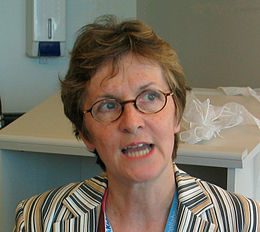The New Statistics for Better Science: Ask How Much, How Uncertain, and What Else is Known

The "New Statistics" emphasizes effect sizes, confidence intervals, meta-analysis, and the use of Open Science practices. We present 3 specific ways in which a New Statistics approach can help improve scientific practice: by reducing over-confidence in small samples, by reducing confirmation bias, and by fostering more cautious judgments of consistency. We illustrate these points through consideration of the literature on oxytocin and human trust, a research area that typifies some of the endemic problems that arise with poor statistical practice.




